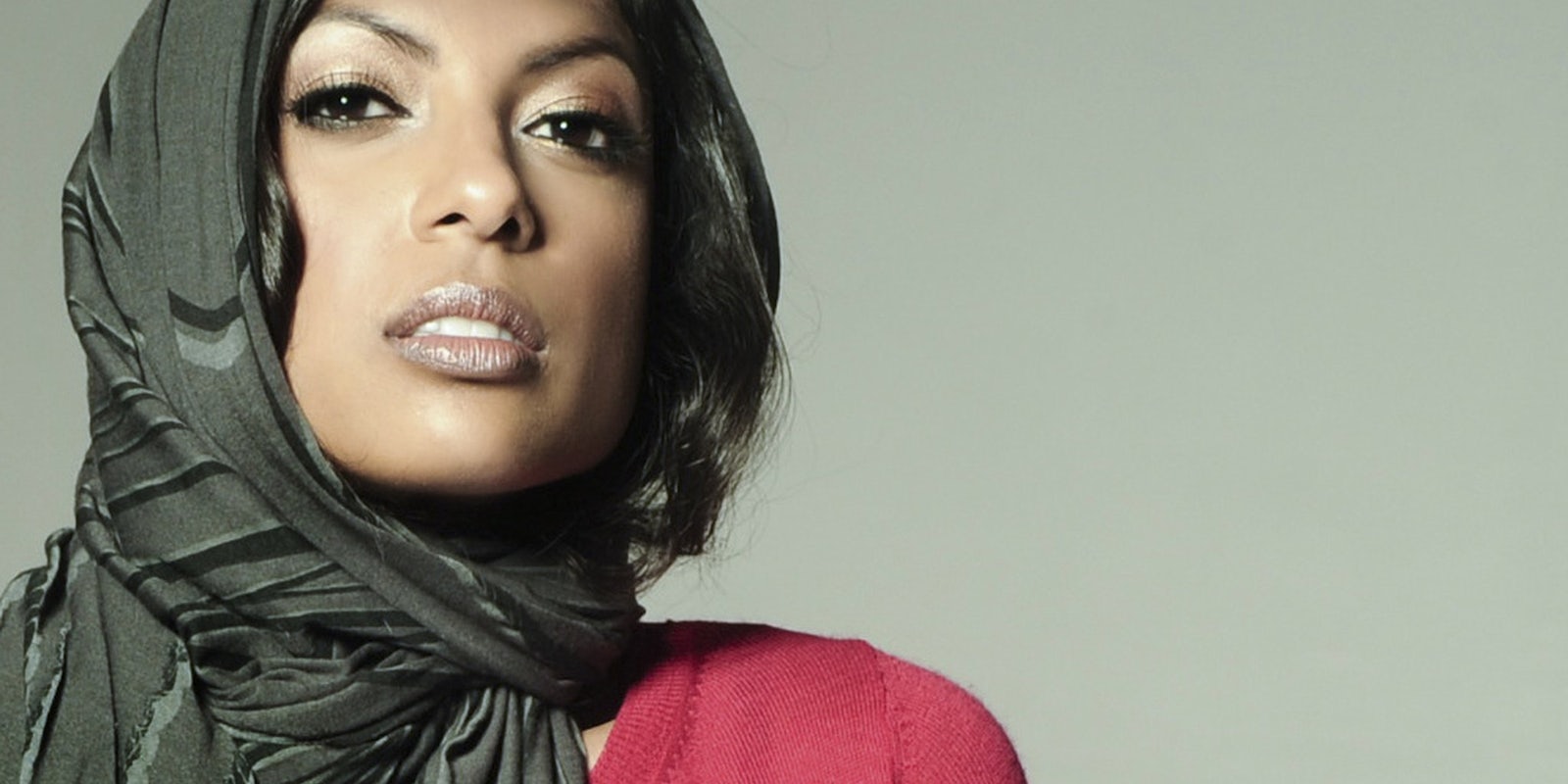Just about everyone has a tip or two on how to make videos go viral; Scientists chronicle their findings in journals, YouTube employees give TED Talks on the subject. But what does a person who has actually made viral videos have to say about this video phenomenon?
Unfortunately, there’s no magic bullet.
But there are a few tricks of the trade.
The Daily Dot caught up with writer, model, and entrepreneur Prerna Gupta, who is speaking at SXSW about this very topic. “Hacking YouTube: Science & Secrets of Viral Videos” will be Gupta’s first talk at the festival, though this will be the third year she is attending.
Gupta happens to be the founder of music application developer Kh.ush and creator of the music LaDiDa and the Songify, applications promoted by YouTube remix wizards the Gregory Brothers. She’s also a solid purveyor of Internet culture and creator of dozens of viral videos—each with more than a million views. In short, she’s highly qualified to speak on this issue.
Gupta’s viral videos aren’t the product of some Internet factory full of accidentally cute kittens and babies biting each others fingers; her viral video successes were deliberate and came from collaborating with YouTube stars who already have million-strong fan-bases.
In an effort to promote her phone app LaDiDa, Gupta collaborated with YouTube giants like Barely Political, Annoying Orange, Brittani Louise Taylor, Peter Chao, and even Mishka the Talking Dog. The experience working with YouTube celebrities, Gupta said “taught me the ins and outs of ‘viral.’”
One of her videos, a collaboration with Barely Political, has seen more than 46 million views.
Marketers and filmmakers eager to hone in on the exact science of viral videos will be disappointed, however, because “even if you know all these rules, there’s no guarantee” your video will go viral, said Gupta. There are “very specific things that make a thing go viral, or not go viral.”
“It still takes effort to put all those rules into play,” she said, and the process still has some “luck involved—always.”
Even semi-famous YouTube personalities, with “massive online audiences,” just “can’t guarantee when something will go viral,” said Gupta. It’s especially tricky if you’re trying to sell a product, like Gupta was.
“Product placement doesn’t work in online videos,” said Gupta, but at the same time, “You don’t want to just sponsor a video and have a link to the product in the description” as that isn’t effect either. Gupta settled on skits to showcase her apps.
“Part of the reason why viral videos worked for us is when you talk about [our products] in words it doesn’t make as much of an impression as when you show how it works, what it’s actually doing,” said Gupta.
Gupta is one of the few people whom the Daily Dot interviewed who actually knew their YouTube culture, a digital community which more often than not is marginalized, ignored, mocked or the subject of fear-mongering media pieces highlighting a “new” trend.
As the Google-owned site reaches out and courts big name talent in an effort to replace TV, Gupta was quick to reflect on the impact of YouTube’s new business model on the site’s homegrown community of celebrities, with six-figure careers, who reached Internet fame from “broadcasting” themselves.
“Thirteen year old kids are competing against Hollywood budgets now,” said Gupta. “Is there still going to be room left for the kids in Kansas making videos for free?”
Maybe.
Maybe not.
As Gupta pointed out, her favorite YouTubers are the ones that make high quality content with witty well-written scripts.


